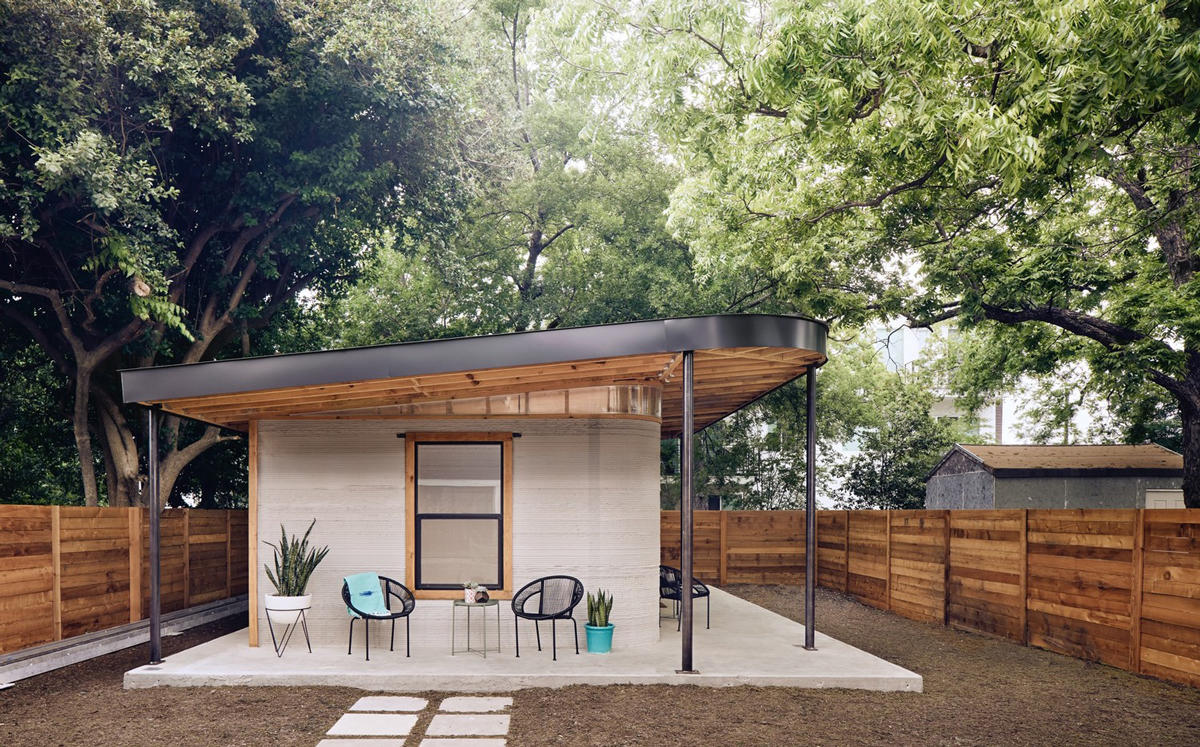Trending
3-D-printed homes are coming to the US
Austin-based developer plans to use tech for affordable housing

3-D printing is going mainstream.
Construction-tech startup Icon says that its new 3-D printer, the Vulcan II, will be able to print a 2,000-square-foot family home in a matter of days, and reduce costs by about 30 percent.
“People will look back on this as something that was a game changer,” HUD secretary Ben Carson said on Thursday during a tour of Icon’s Austin factory.
Austin-based developer Cielo Property Group is purchasing the Vulcan II and plans to start production of affordable housing in the city this year, the Wall Street Journal reported. Icon is also partnering with startup New Story to build at least 50 homes in Latin America this year.
The 3,800-pound printer, operated by a tablet and needing just a few people to run and supervise it, works by pumping out concrete layer by layer, creating buildings with a distinctive, folded appearance. The nonconcrete elements of the homes will continue to be installed by traditional methods.
The technology faces a number of challenges to widespread adoption. Scaling and shipment of the heavy machinery will be difficult, and the printers will have to function outdoors in rain and wind, hot and cold.
The interior of the Chicon House in Austin, Texas (Credit: Icon Build)
Icon has had to overcome many technical challenges to get to this point. “We exploded so many pumps,” Icon CEO Jason Ballard said. “I’m talking about liquid concrete on every surface and every human in the room.”
Ballard founded the company two years ago and has raised $9 million in seed funding. This will be the company’s first effort to generate significant revenue, he said.
The construction industry faces serious problems due to worker shortages and rising material prices. Dozens of startups have invested hundreds of millions of dollars in technology to make construction more efficient – such a brick-laying robots – but so far none have made a real impact in what remains a conservative, inefficient industry. [WSJ] — Kevin Sun




